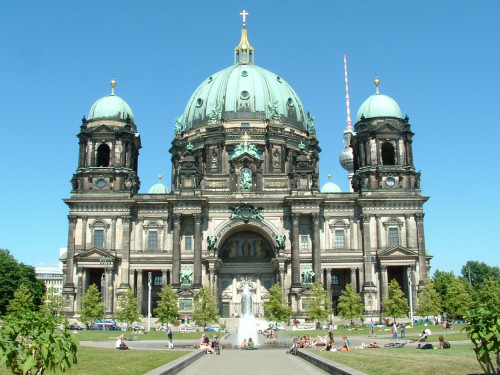
The "Berliner Dom" (Berlin Cathedral) is a baroque building constructed between 1894 and 1905 and designed to be the Protestant counterweight to the St. Peter's Basilica in Rome.
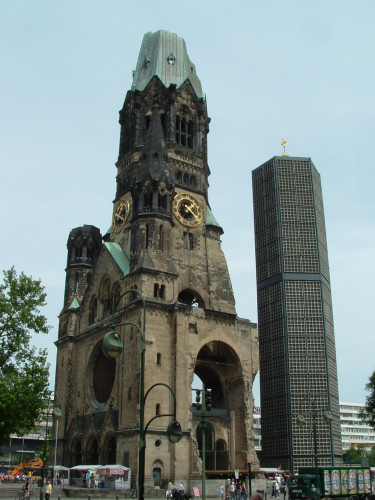
The "Kaiser Wilhelm Gedaechtniskirche" (Memorial Church) was almost completely destroyed after allied bombing in November 1943. The broken west tower of the church is a constant reminder of the destruction of war and Berlin's resolve to rebuilt after World War II.
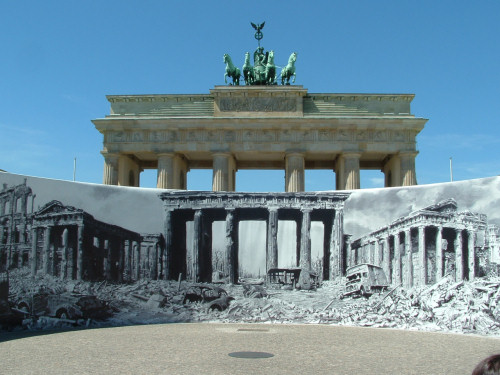
The "Brandenburger Tor" (Brandenburger Gate) was constructed between 1778 and 1791 and was the main entrance to the city. The photo shows in the front of it a picture of the area after allied bombings during the World War II.
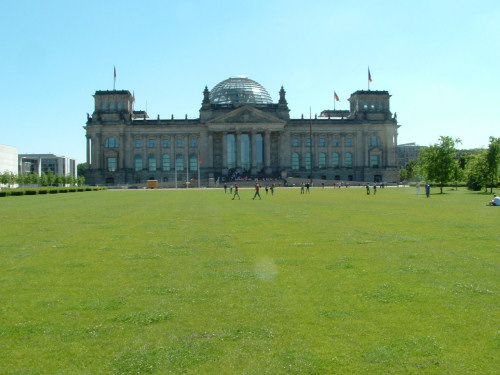
The Reichstag was constructed between 1884 and 1894 after the foundation of the new German empire as the seat of parliament. After the division of Germany the Bundestag (parliament) moved to Bonn, but in April 1999 it finally returned to the Reichstag.
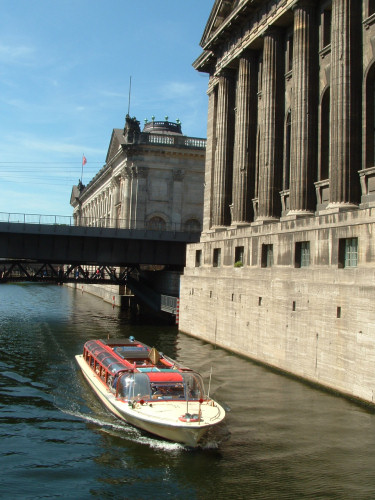
The Pergamon Museum is on the historic "Museum Island" in the river Spree and contains one of the world's most impressive collection of classical antiquities.
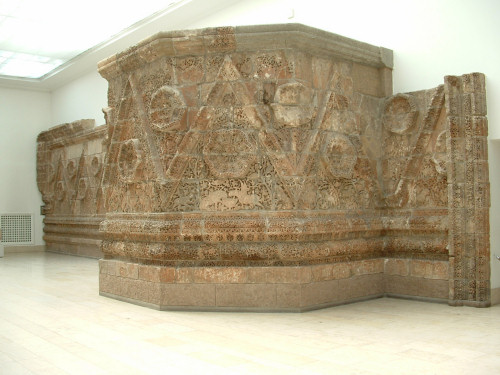
A part of the delicately carved stone wall of the Desert Palace of Mshatta in Jordania (800 A.D.).
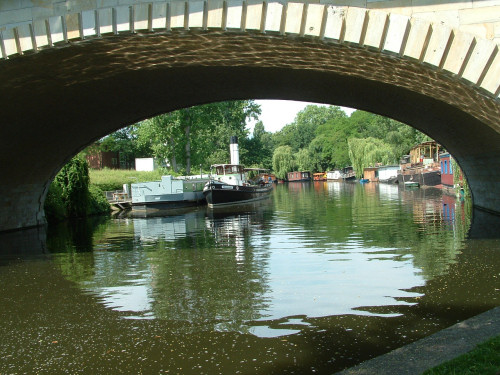
Houseboats on the river Spree in the "Tiergarten" park.
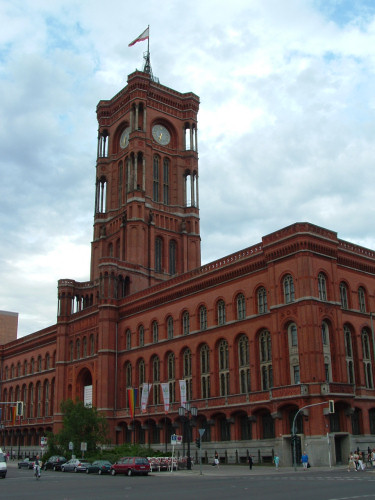
The "Rotes Rathaus" (Red Town Hall) was built between 1861 and 1869 and is the home to the governing mayor and the provincial government of the town and state Berlin.
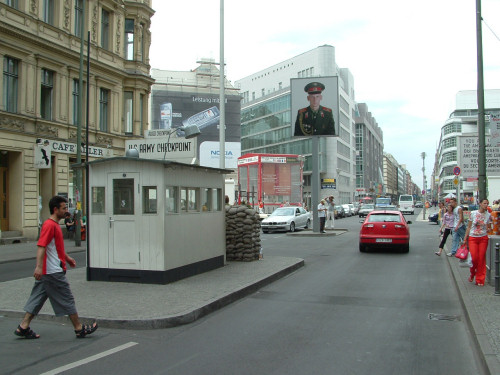
The Checkpoint Charlie was one of three crossing points between East and West Germany.
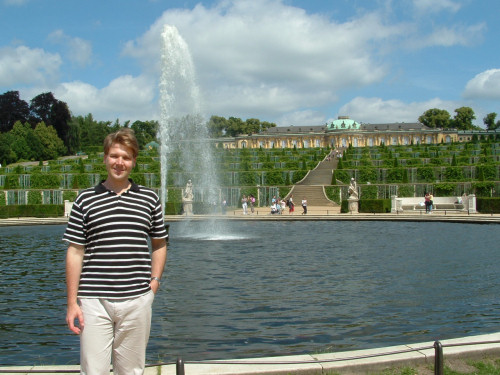
Schloss Sanssouci (Sanssouci Palace) was built between 1744 and 1747 based on sketches made by Friedrich the great himself. The rococo style designed interior is absolutely marvelous, but unfortuntaly no photographs are allowed inside the palace (you can find a few on the web, e.g. here).
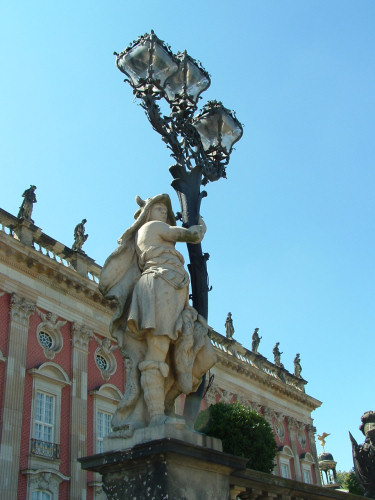
The Neues Palais is one of Germany's most impressive palaces. It is located in the Sanssouci park and contains more than 200 lavishly decorated rooms.
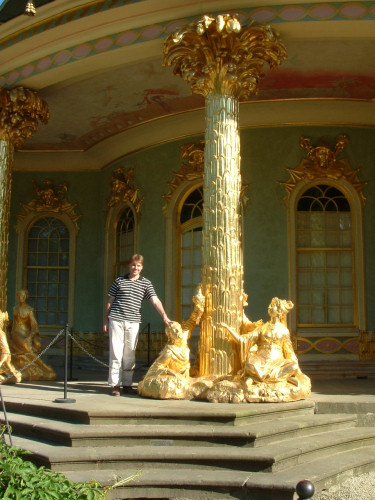
Another noteworth building in the Sanssouci park is the "Chinesisches Teehaus" (Chinese tea house) which was constructed in 1756.
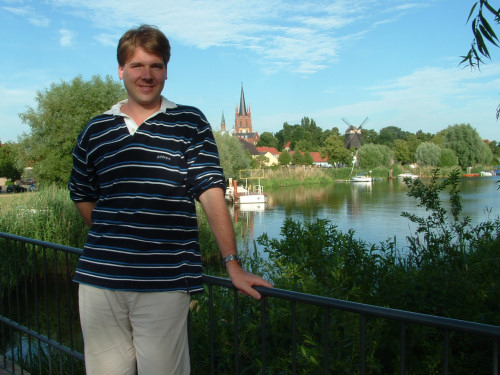
Werder an der Havel (on the river Havel) is a beautifully restored village located in romantic surroundings on a peninsula. The local seafood restaurants are fantastic!!
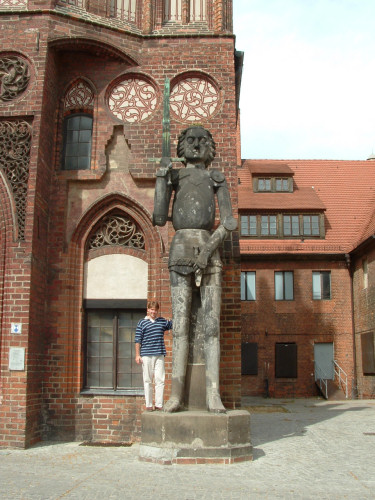
Brandenburg an der Havel (on the river Havel) is a historic city about 70 km west of Berlin. The photograph shoes the old town hall and the "Roland" which was a symbol of judicial independence.

